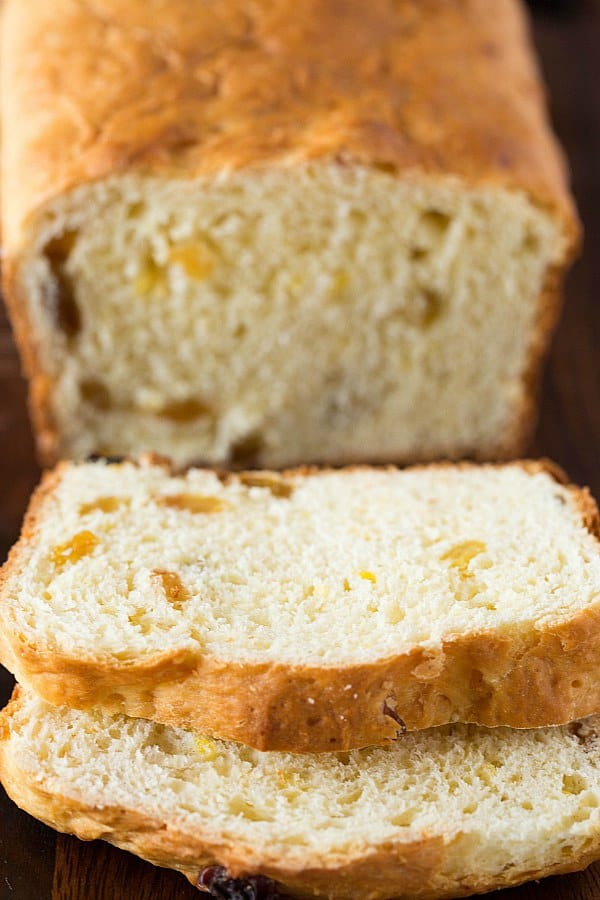- Joined
- Sep 29, 2017
- Messages
- 170
- Reaction score
- 24
Hi everyone! I sure could use some help to recreate my grandmothers bread.
She and the other Polish women of the parish would get together and bake this bread in the churches kitchen once a year back in the 50's. The original recipe made 38 loaves! But my mother cut it down to 6 loaves. Every attempt I have made has failed. No large air holes.
I don't know what container those women used but the bread was round, had a fluted/scalloped like bottom edges (like a quiche or tart) and then rose up to make a mushroom type head. They were BIG. And delicious. The other thing is that it had large air holes in it, which is something I can't figure out how they did that. Nor can I figure out what tin or pan they used to make them round and fluted/scalloped on the bottom edges. Bottom part was about 4" tall.
I know there are many recipes for Polish Sweet Bread on the web, but they all look heavy, and don't have the lovely large air holes like grandma's. The butter used to melt in them when toasted. It was a real treat.
Since they made it in the kitchen which I believe had large mixers since it took 50 lbs. of flour, etc. that that is the clue on how they got those air holes. The pan still remains a mystery.
So do I need a mixer to knead the bread better than I can by hand? And would you use glass or tin pans?
I even called the church, but no one knew how they did it or what pans they may have used. I'd really like to make it but this time be successful!
She and the other Polish women of the parish would get together and bake this bread in the churches kitchen once a year back in the 50's. The original recipe made 38 loaves! But my mother cut it down to 6 loaves. Every attempt I have made has failed. No large air holes.
I don't know what container those women used but the bread was round, had a fluted/scalloped like bottom edges (like a quiche or tart) and then rose up to make a mushroom type head. They were BIG. And delicious. The other thing is that it had large air holes in it, which is something I can't figure out how they did that. Nor can I figure out what tin or pan they used to make them round and fluted/scalloped on the bottom edges. Bottom part was about 4" tall.
I know there are many recipes for Polish Sweet Bread on the web, but they all look heavy, and don't have the lovely large air holes like grandma's. The butter used to melt in them when toasted. It was a real treat.
Since they made it in the kitchen which I believe had large mixers since it took 50 lbs. of flour, etc. that that is the clue on how they got those air holes. The pan still remains a mystery.
So do I need a mixer to knead the bread better than I can by hand? And would you use glass or tin pans?
I even called the church, but no one knew how they did it or what pans they may have used. I'd really like to make it but this time be successful!
Last edited:

